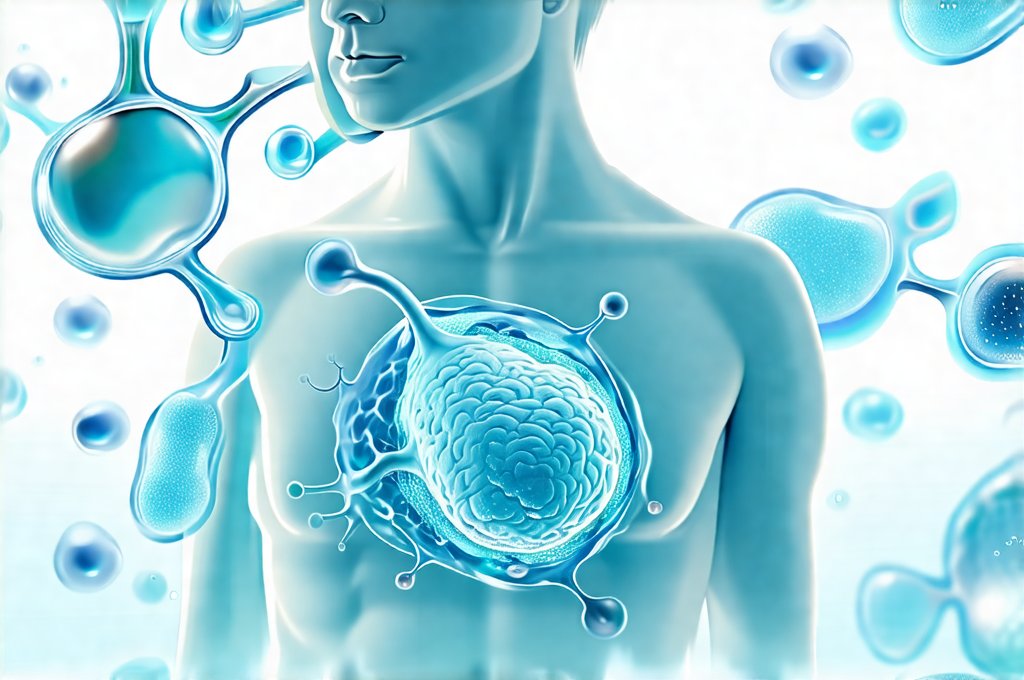Many people experience frustrating shifts in fluid balance throughout the day – swelling in the ankles and feet as the hours pass, or an unwelcome increase in trips to the bathroom particularly in the evening. These aren’t necessarily signs of a serious underlying condition, but rather common responses to gravity, daily activity levels, dietary choices, and even the weather. Understanding why these fluctuations happen is the first step towards managing them effectively. It’s about working with your body, not against it, to optimize fluid distribution and minimize discomfort. Often, small adjustments to how and when you hydrate can yield significant improvements in how you feel from morning until bedtime.
The human body is approximately 55% to 78% water, depending on factors like age and sex. This fluid isn’t just floating around; it’s constantly moving between compartments – inside cells, between cells, and within the bloodstream. Maintaining this delicate balance requires a complex interplay of hormones, electrolytes, and physical forces. When we stand or sit for prolonged periods, gravity pulls fluids downwards, leading to accumulation in the lower extremities. Similarly, increased salt intake can cause the body to retain more water, contributing to swelling. And as our metabolism slows down during the evening, fluid reabsorption from tissues may decrease, increasing urinary frequency. Recognizing these mechanisms allows us to proactively address them and create a plan for better fluid management. If you experience evening urination that feels unusual, it’s worth investigating further.
Optimizing Hydration Timing & Intake
Hydration isn’t just about how much you drink; it’s equally about when you drink. Many people fall into the trap of trying to chug large amounts of water throughout the day, which can actually be counterproductive. Instead, think of hydration as a steady drip rather than a flood. – Spread your fluid intake evenly throughout the day – sipping small amounts consistently is far more effective than gulping down large quantities infrequently. – Front-load your hydration: drink most of your fluids earlier in the day and taper off in the evening. This helps minimize overnight urine production and reduce swelling during the afternoon. – Consider the type of fluids you’re drinking. Water is always best, but herbal teas or infused water can also contribute to your daily intake while offering additional benefits. Avoid sugary drinks and excessive caffeine, as these can disrupt fluid balance.
The total amount of fluid needed varies depending on individual factors like activity level, climate, and overall health. However, a general guideline is around eight 8-ounce glasses (approximately 2 liters) per day. But even this is just a starting point; pay attention to your body’s signals. Thirst is often the last sign of dehydration, so aim to stay ahead of it by drinking regularly throughout the day before you feel thirsty. It’s also important to remember that we get fluid from food as well – fruits and vegetables have high water content and contribute significantly to our daily hydration needs. Prioritizing consistent, mindful hydration is a cornerstone of minimizing both swelling and frequent urination. Understanding normal pee frequency can help you distinguish between normal fluctuations and potential concerns.
Electrolyte Balance: The Often-Overlooked Factor
Electrolytes—sodium, potassium, magnesium, and calcium—play a crucial role in fluid regulation. They create the osmotic pressure that dictates where water goes within the body. An imbalance in electrolytes can disrupt this process, leading to fluid shifts and contributing to swelling or increased urination. Sodium is often unfairly demonized, but it’s essential for maintaining fluid balance; however, excessive sodium intake does lead to water retention. Potassium helps counteract the effects of sodium and promotes fluid excretion. Magnesium supports overall cellular function and electrolyte absorption.
Maintaining a balanced diet rich in fruits, vegetables, and whole grains provides most of the electrolytes your body needs. – Focus on potassium-rich foods like bananas, sweet potatoes, spinach, and avocados. – Be mindful of your sodium intake, especially from processed foods. – Consider incorporating magnesium-rich foods into your diet, such as dark leafy greens, nuts, seeds, and whole grains. In some cases, electrolyte supplementation may be helpful, but it’s important to consult with a healthcare professional before starting any new supplements. Electrolyte imbalance is often the hidden culprit behind fluid distribution problems. You might also consider foods that minimize swelling around the bladder as part of your overall diet.
The Role of Compression & Movement
Gravity consistently pulls fluids downwards, which explains why swelling is most common in the lower extremities. Counteracting this effect requires both movement and compression. Regular exercise, even gentle activities like walking or cycling, helps improve circulation and promotes lymphatic drainage, reducing fluid buildup. – Aim for at least 30 minutes of moderate-intensity exercise most days of the week. – Incorporate leg raises and ankle rotations into your routine to further stimulate circulation. Compression socks can provide external support and help prevent fluids from pooling in the ankles and feet. These are particularly beneficial if you spend long periods standing or sitting.
The level of compression needed varies depending on individual needs and preferences. Graduated compression socks, which are tighter at the ankle and gradually loosen as they move up the leg, are generally most effective. It’s important to choose socks that fit properly and aren’t too tight, as this can restrict circulation. Combining movement and compression is a powerful strategy for minimizing swelling.
Dietary Considerations Beyond Electrolytes
Beyond electrolytes, certain dietary choices can significantly impact fluid balance. Foods high in nitrates, such as beets and leafy greens, can improve blood flow and potentially reduce swelling. Conversely, highly processed foods with excessive sodium and refined sugars contribute to water retention and inflammation. – Prioritize whole, unprocessed foods whenever possible. – Limit your intake of salty snacks, fast food, and sugary beverages. – Incorporate anti-inflammatory foods into your diet, such as berries, fatty fish, and turmeric. These help reduce overall inflammation, which can exacerbate swelling.
Pay attention to how different foods affect your body. Keep a food diary and track any correlations between specific foods and fluid fluctuations. This personalized approach is often more effective than following generic dietary recommendations. Remember that hydration is not just about the amount of water you drink; it’s also about the quality of your diet and its impact on your overall health. A mindful, nutrient-rich diet supports optimal fluid balance and reduces inflammation. If you are looking for foods that reduce afternoon groin swelling, incorporating these dietary changes can be beneficial.





















